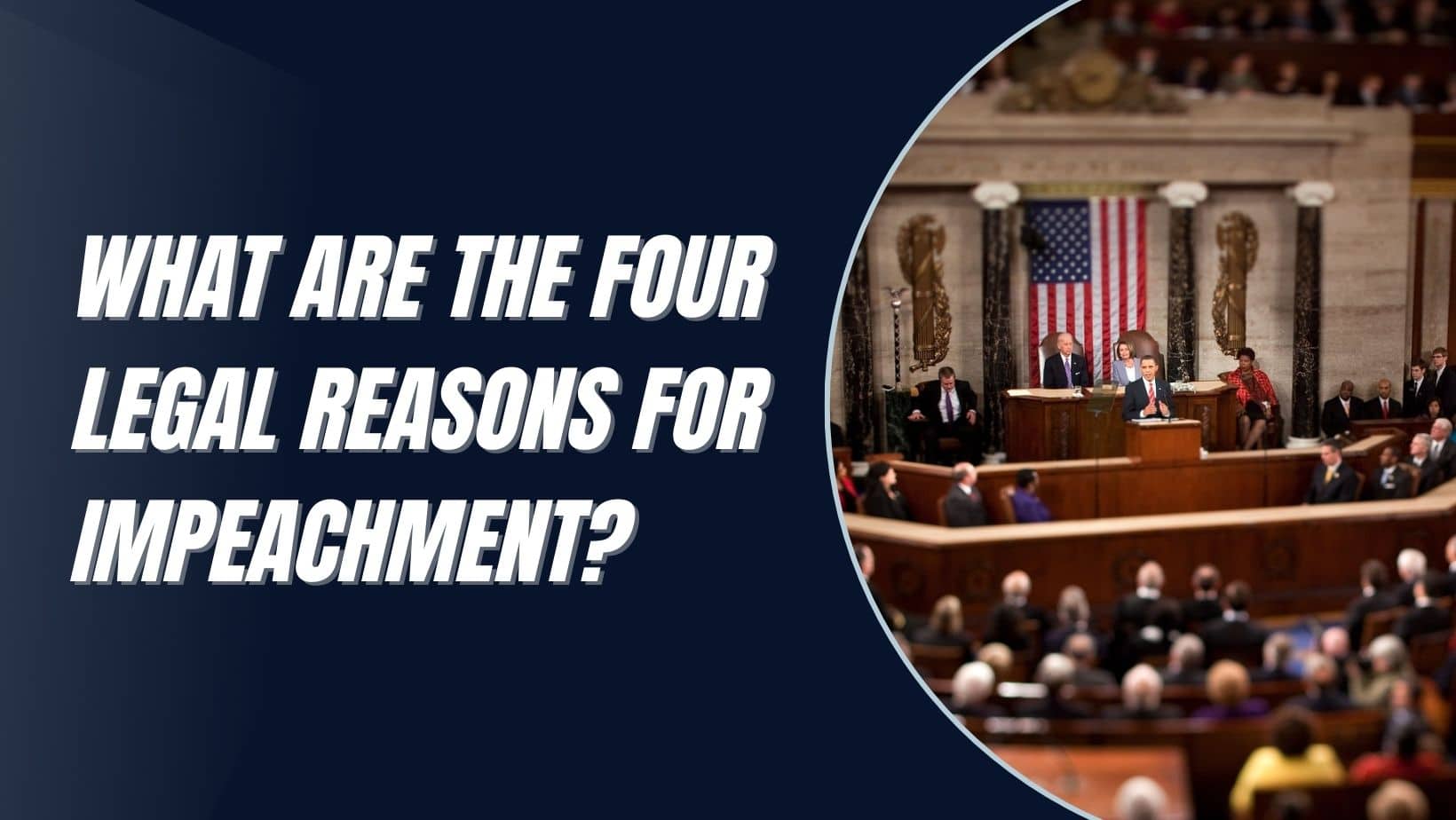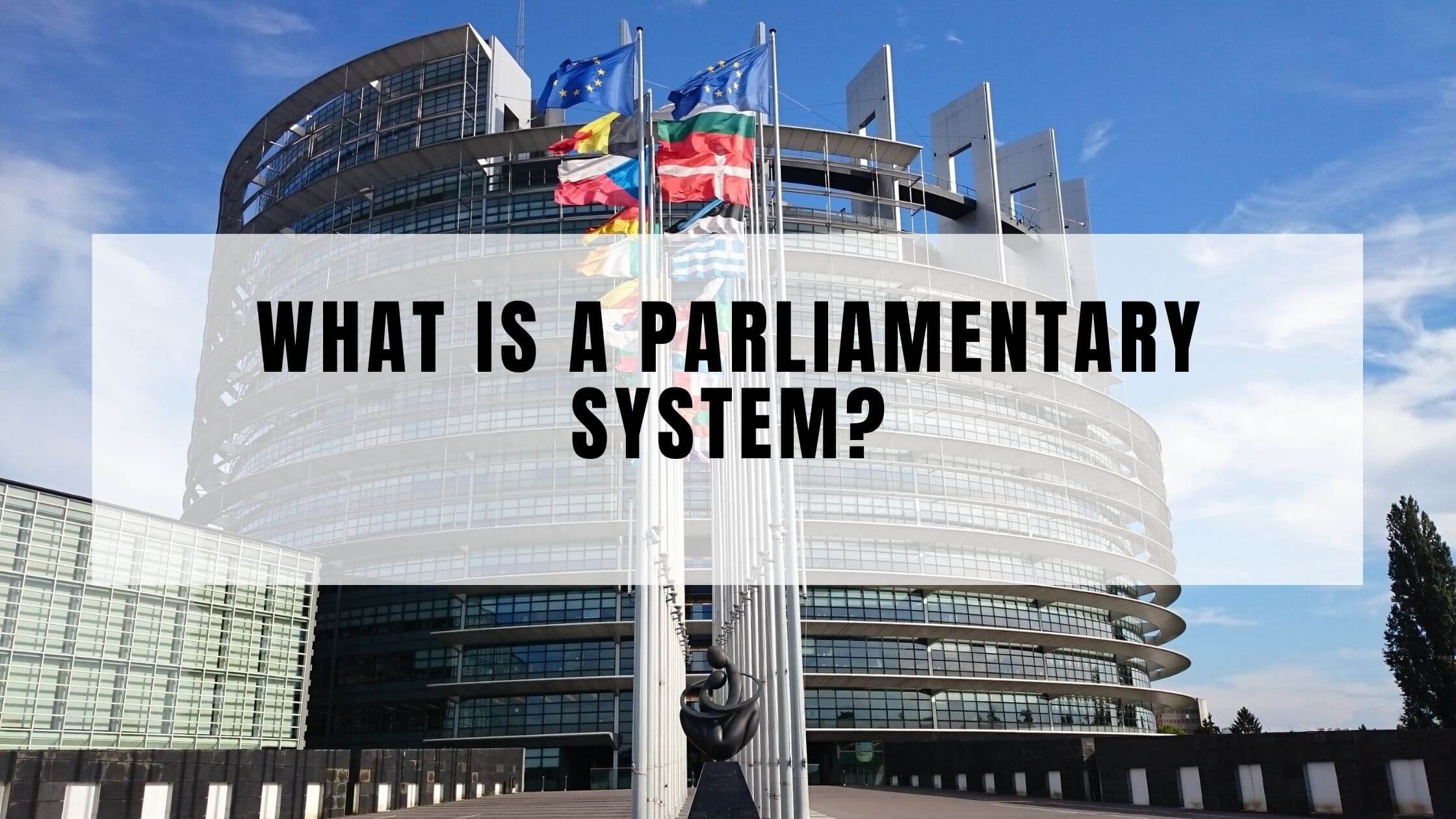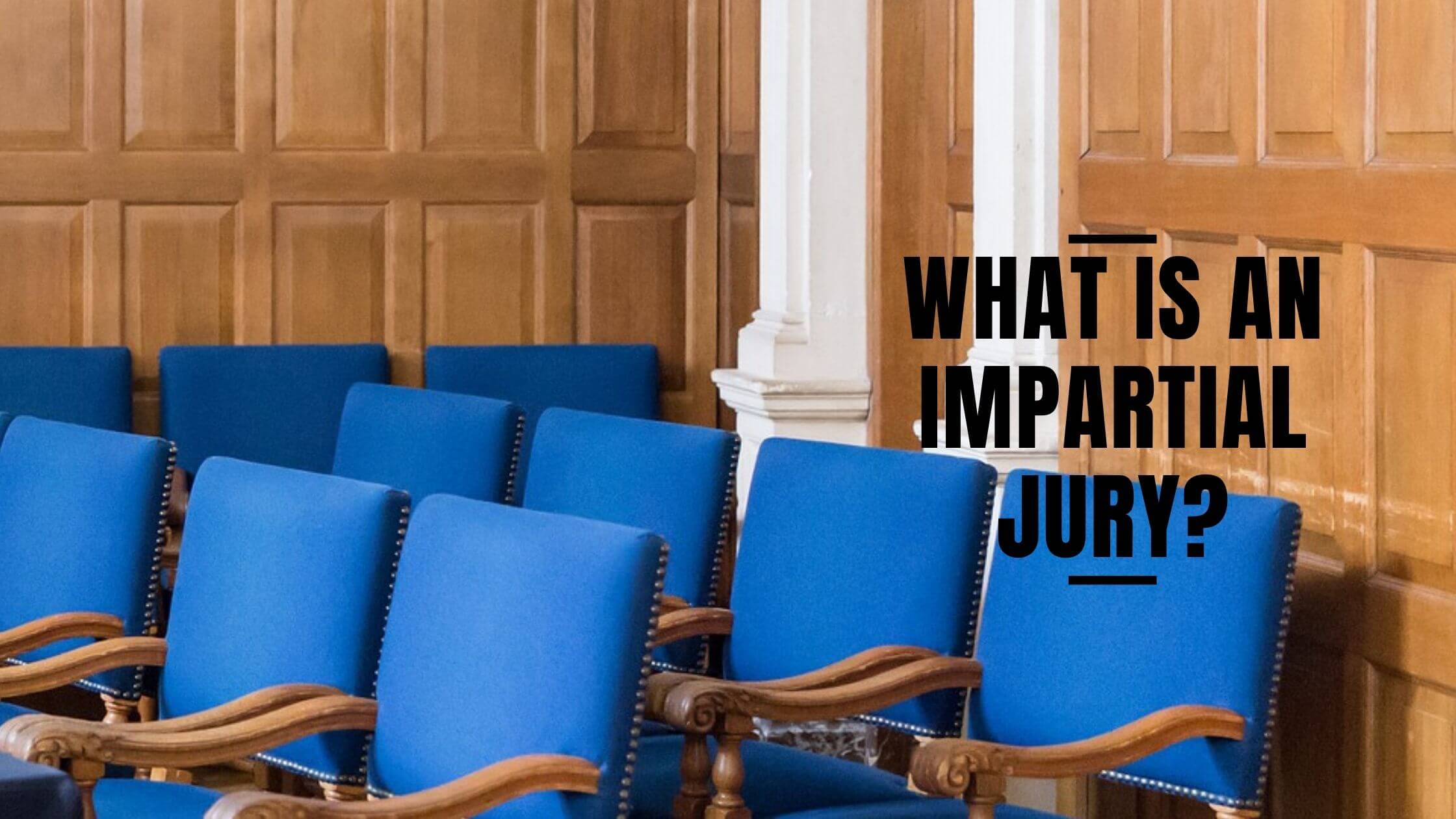Table of Contents
ToggleSources
- https://www.senate.gov/about/powers-procedures/impeachment.htm
This official U.S. Senate page provides a detailed explanation of the impeachment process, including historical context and constitutional basis, making it highly authoritative. - https://www.law.cornell.edu/constitution/articleii#section4
Cornell Law School's Legal Information Institute offers the exact text of the U.S. Constitution's impeachment clauses (Article II, Section 4), which is crucial for understanding the legal foundation of the process. - https://www.history.com/topics/us-government/impeachment-in-us-history
History.com provides a comprehensive overview of impeachment cases in U.S. history, including those of Trump, Clinton, Johnson, and Nixon, with historical analysis and context. - https://www.britannica.com/topic/impeachment
Encyclopedia Britannica offers a well-researched, neutral explanation of impeachment, including its origins, procedures, and notable cases, making it a reliable academic source. - https://www.congress.gov/resources/display/content/Impeachment
This U.S. Congress resource provides official documents, reports, and transcripts related to impeachment proceedings, including those against Trump, offering primary source material.
Key Points
- Impeachment is the process of charging a public official for extreme mismanagement, combining executive and legal procedures.
- The impeachment process involves stages in the House of Representatives and Senate, requiring majority votes to proceed.
- Impeachment is a political, not criminal, process; the penalty is removal from office, not fines or imprisonment.
- High crimes and misdemeanors, as defined in the Constitution, are open to interpretation and relate to abuse of power.
- Only three U.S. presidents (Andrew Johnson, Bill Clinton, Donald Trump) have faced Senate impeachment trials; none were convicted.
- Donald Trump was impeached twice—first for abuse of power regarding Ukraine and later for incitement of insurrection—but acquitted both times.
- Bill Clinton was impeached for perjury and obstruction related to the Monica Lewinsky scandal but was acquitted by the Senate.
- Andrew Johnson was impeached for dismissing his secretary of war against Congress's will but narrowly avoided conviction.
- Richard Nixon resigned before facing impeachment over the Watergate scandal, avoiding a Senate trial.
- The impeachment process lacks standardization, with rules often adapted case-by-case, influenced by political affiliations.
Summary
The impeachment process in the U.S. is a political, not criminal, procedure used to hold public officials accountable for "high crimes and misdemeanors," such as abuse of power or treason. It involves stages in the House (investigation and vote) and Senate (trial and two-thirds majority vote), though no president has ever been convicted. Historical cases, like those of Trump, Clinton, and Johnson, highlight the process's complexity and political nature, with outcomes often influenced by partisan dynamics rather than clear legal standards.
Resources related to “The Impeachment Process”:
The impeachment trial of Donald Trump is one of only two such trials in living memory and introduced a foreign and confusing process. There is always a lot of confusion over the impeachment process and how it developed into what it is today.
Impeachment Definition
The definition of impeachment is the initiation of charges against a public official from their position due to extreme mismanagement.
Impeachment is a unique situation that takes advantage of both Executive and Legal processes.
How Does the Impeachment Process Work?
There is a lot to consider to appreciate the impeachment process’s complexity. First, the impeachment case goes through several stages from its inception through the House of Representatives and the Senate before reaching a verdict.
Then there are the rules about presenting the case and majority rule and the lack of standardization and questionable wording of the United States Constitution.
It is also important to consider this is a political process rather than a criminal one. The ultimate punishment for an official is removal from their position rather than being fined or sent to prison.
The impeachment process in a nutshell
The impeachment process can be summarized as follows:
- Members of the House of Representatives can start a motion to impeach a president or other high-power figures if there is evidence of treason, bribery, high crimes, or misdemeanors.
- The case moves through the House and goes to a vote, resulting in a Senate trial if successful.
- If that trial goes against the president on a two-thirds majority, then the president is removed from office.
Unfortunately, the reality is a lot more complex due to questions over terminology, a lack of standardization, and each organization’s political leanings.
The Impeachment Process Isn’t Common in US History
One of the reasons we tend to know so little about the impeachment process is that it is rare. There aren’t many cases of presidents going through an impeachment trial, and none have been successful.
Also, there isn’t much coverage of impeachment cases that fail to get off the ground or against other public figures.
High profile impeachment trials and President Nixon
Most people with a basic grasp of modern American history know the following:
- President Donald Trump went through the impeachment process and was acquitted twice.
- President Bill Clinton was also impeached in the 90s.
- President Richard Nixon resigned before he could be impeached.
However, there are other impeachment charges against judges and others in higher positions of power. Also, President Andrew Johnson went through the process similarly back in the 1800s.
Impeachment of Donald Trump:

In the case of President Trump in 2020, the abuse of power was the alleged withholding of $400m of military aid for Ukraine in an attempt to get information for his political campaign.
Allegedly, Mr Trump was not only creating a bargaining chip to try and get dirt on his rival but potentially harming a country in conflict with Russia. There were also accusations of attempts to obstruct Congress by refusing to co-operate with a congressional inquiry.
In 2021, he went through the impeachment process again. This was notable as he was no longer president. However, he was acquitted on February 13th, 2021.
You can read and download a PDF of Trump’s Letter to Pelosi here. The letter is a plea to Nancy Pelosi not to impeach him.
Impeachment of Bill Clinton:

In President Clinton’s case in 1998, the high crime was an accusation of perjury and obstruction following his affair with Monica Lewinsky. At the time, he claimed he was innocent and had never had sexual relations with her. However, there was evidence that not only had he lied, but he had also asked Lewinsky to lie.
The process passed the House of Representatives but didn’t achieve the two-thirds majority necessary in the Senate.
Impeachment of Andrew Johnson:

The impeachment case of Andrew Johnson is interesting because what he is accused of has become commonplace in recent years.
President Andrew Johnson was accused of dismissing his secretary of war against the will of Congress. This is an interesting interpretation of a high crime and abuse of political power, considering how many dismissals and appointments occurred in the Trump administration.
Again, the case made it to the Senate and was subject to a vote. It failed to reach the required majority by one vote, allowing Johnson to remain in office.
Another of the charges related to rude speech that reflected poorly on the position of president. This is an intriguing charge when we consider the colorful language used by modern-day presidents.
Richard Nixon:

Richard Nixon may have pleaded that he was not a crook, but his decision to resign over the Watergate Scandal speaks volumes.
Unfortunately, we will never know if he would have been impeached or whether the United States Senate would have failed to reach the majority, just like Clinton, Johnson, and Trump.
Gerald Ford and William O. Douglas
Another fascinating story is that of Gerald Ford, who, as House minority leader in 1970, tried to initiate impeachment proceedings against William O. Douglas, an Associate Justice.
However, despite a 90-minute speech on the House floor providing evidence for the case, the process didn’t pass the vote in the House of Representatives.
What Does It Take To Be Impeached?
The impeachment process allows the Houses of the US to hold presidents accountable for “high crimes.”
A common question regarding the impeachment process is what it takes to see a president face trial in the Senate.
When leaders of the free world appear to be involved in criminal activity, what qualifies them for impeachment?
Is the president guilty of:
a) Treason
b) Bribery
c) High crimes and misdemeanors
d) Combination of the above
e) None of the above
Members of the House of Representatives can put forward a case for impeachment when a president appears guilty of treason, bribery, or high crimes and misdemeanors.
As you will see from the process below, impeachment requires a strong case and evidence to progress to a trial. As with President Trump, there can be more than one case presented in some cases. This is a chance for representatives to bring forward everything against the president for a greater impeachment chance.
What Is a High Crime?
One of the obstacles here is the idea of “high crimes and misdemeanors.” This term originates from the United States Constitution but is open to interpretation like many aspects of that document. At its core, a high crime is an abuse of power.
In 1788 Alexander Hamilton spoke of “offenses that proceed from the misconduct of public men,” adding that they must be political as they “relate chiefly to injuries done immediately to the society itself.”
Therefore, we are looking at misconduct that isn’t befitting the president’s position, which could damage the nation or others.

For example, the Trump case centered around dealings with Ukraine. An argument here would be that this sort of political bargaining could affect the election and put Ukrainian citizens at risk due to reduced funding.
The questionable definition of high crimes and misdemeanors also led to debate over the Bill Clinton case. Clinton was impeached on perjury charges, and the crux of the matter was an extra-marital affair. Is this a high crime or low crime? Also, did the lie or the affair cause injury to society itself?
Stages of the Impeachment Process
There are different stages to the judiciary process, from beginning a case for impeachment to the president being removed from office. So far, only three presidents have reached the final stage of their trial at the United States Senate. None have ended the process with a guilty verdict.
The impeachment process is as follows:
1) Charges begin following evidence of one of the crimes mentioned above
2) An investigation by the House Judiciary Committee within the House of Representatives
3) A case is heard in the House and put to the vote
4) If successful, the case moves to the Senate
5) Here, a trial takes place, which results in a final verdict for impeachment or acquittal
Impeachment begins with an investigation by the House Judiciary Committee
First of all, six members of the house committees need to send their cases to the Judiciary Committee with solid evidence in favor of conviction. This process could take a while to play out, as it involves a lengthy investigation process to create the best possible case.
Representatives can’t just put forward a case on a whim. There must be enough evidence and backing for the case to move forward through the process.
An interesting factor in all of this is Jefferson’s Manual. This includes rules that create a clear process for members to follow. For example, an impeachment case can only begin when specific charges are made on the House floor.
This could be via a member’s resolution, a message from the president, a referral to the committee, or other key facts in an investigation.
Any member with such a proposition to impeach is awarded high privilege in the House and jumps the queue over any other daily business.
At this point, the Judiciary Committee needs to decide if there is enough of a case to move forward. If the impeachment case is too weak, the process is over, and the president remains in office without facing any trial.
However, if the committee decides there is sufficient evidence to present the case to the House, the case moves forward.
The motion now gets its first vote
Once the impeachment process reaches the House, the representatives must hold a floor vote on each article presented. This is where those initial committees need to make a strong case.
If they can show multiple articles of impeachment, which means multiple grounds for removal based on different accounts of high crimes, there is a greater chance of success.
From there, it all comes down to a majority vote. If most House members decide that there is evidence enough to impeach the president, the process moves forward.
Failure to achieve that majority means the end of the process, and the president remains in office.
So, what happens if there is a majority vote in favor of impeachment?
The impeachment process will have passed the House of Representatives and then moved into the Senate. This is where the impeachment trial takes place.

First, those involved have to give evidence to determine guilt related to the original charges. The trial then ends with another vote between the members of the Senate.
Two-thirds or more of Senate members have to vote in favor of impeachment to remove the president from office. Half the Senate could be utterly convinced of the president’s guilt, but the democratic process means the president would remain in power.
Naturally, there are pros and cons to this majority approach. It is important to have a strong majority either for or against to show little doubt over the president’s next step. A guilty president shouldn’t remain in place just because one or two representatives voted in his favor.
At the same time, innocent presidents shouldn’t have their reputations destroyed because of too few representatives who wish to discredit them.
The Impeachment Process Is Political, Not Criminal
It is important to remember that this is a political process rather than a criminal one. This is why the Senate and White House can get away with so much that they wouldn’t get past a court of law.
This can get frustrating for observers that expect a clean, professional process with no signs of political bias and a clear conviction at the end.
The process should be neutral, democratic, and free from political influence. This isn’t the case for several reasons:
- the purpose of the impeachment trial isn’t to decide on a criminal conviction
- the process of the trial doesn’t follow the traditional rules of a court of law
- the process of the trial doesn’t follow standardized rules at all
- the political power within the House and Senate can play a significant role in outcomes.
The Purpose of the Impeachment Trial Is To Gain a Political Outcome
This distinction between a political and criminal trial is important when considering potential penalties. The constitution states that the only penalties permitted are removing the accused from office and the disqualification from holding any federal office in the future.

The impact of the result only has a bearing on the defendant’s political career. A defendant can’t face any risk to life, liberty, or property in this situation.
So far, we have seen what the constitution doesn’t say about the impeachment process. However, there are mentions of impeachment that have some bearing on cases today.
For example, Article II, Section 2 states that future presidents cannot pardon past presidents found guilty in an impeachment trial.
Therefore, were Trump to be impeached and removed from office, he wouldn’t have then found himself in jail or at risk of losing any of his wealth or property. That is, of course, aside from his temporary residency in the White House.
Instead, he would have lost his position, been banned from seeking federal office again, and then referred to criminal charges where applicable.
The Trial Process Doesn’t Follow the Traditional Rules of a Court of Law
Another area of inconsistency in this process is the Senate trial. At this point, it is decided if there is enough evidence against the current president to convict them of a high crime and remove them from office.
Therefore, you would expect to see a professional, neutral courtroom trial with a strong prosecution and defense case and a neutral jury.
The reality here is that while there is a prosecution and defense, with a chance to give evidence, make statements and present a case, the set-up is very different. There is also the fact that the jury that goes away to debate the findings are the Senate members themselves.
The Process of Impeachment Doesn’t Follow Standardized Rules at All
Furthermore, a resolution for that specific situation creates the rules for a Senate trial. This essentially means that the Senate can adapt the process and make demands based on specific circumstances.
There is no regulation and no clear attempt to follow any precedent. In some ways, this could make sense as impeachment trials are so rare and have to work within the case and the defendant’s parameters.
It wouldn’t be fair to use the same procedure from the 1868 Andrew Johnson impeachment process in the 1998 Bill Clinton impeachment process.
However, there was a sense that the Senate was making things up as they went along with Clinton’s impeachment, potentially abusing their power in the process.
Many of the issues with a lack of standardization and regulation stem from the constitution. As was mentioned above, there is a lot of focus on an 18th-century document’s vague words open to interpretation.

Get Smarter on US News, History, and the Constitution
Join the thousands of fellow patriots who rely on our 5-minute newsletter to stay informed on the key events and trends that shaped our nation's past and continue to shape its present.
As there is little to no standardization for the process of impeachment in the constitution, it is difficult to make a case that any modern-day process is unconstitutional.
Both the House and Senate Have a Majority Rule
Finally, we must remember that both the House of Representatives and the Senate are led by members holding political affiliations with either leading party. This is called having control of the Senate or the House. This control could be highly influential in the results of impeachment trials.
Are representatives more likely to vote against a president they disagree with and want to see out of office?
Or, will they leave politics aside and focus purely on the evidence presented to them?
This level of control and political power is why it is so important for presidents to have supportive houses beneath them to pass laws and make all the “right” decisions. It is harder to fight a Democratic house when you are a Republican president and vice-versa.
At the time of the Trump Impeachment case, the House of Representatives was Democrat-controlled and the Senate Republican-controlled.
Would the case have passed through a Republican House of Representatives?
Lack of definitive rules and regulations
This lack of clear rules and regulations brings us back to an important point about Republican control of the Senate and bipartisan politics in these organizations.
Nothing in the constitution forces the Senate leader to start an impeachment trial, even if the process passes the House of Representatives. Therefore, the Republican majority leader, Mitch McConnell, could have refused to hold the trial and thrown out the impeachment case.
This notion wasn’t that extreme because McConnell also refused a confirmation hearing for a Democrat Supreme Court vacancy in 2016.
The term “high crimes and misdemeanors” doesn’t make much sense in modern society. It comes from the English legal system of the 17th century. Nevertheless, it made its way into the constitution and has stuck around.
How Does the Impeachment Process Work in Practice?
Cynics would argue that the impeachment process doesn’t work in any clearly defined manner. There are alternate rules for each trial, interpretations of the constitution, and the right to refuse a trial are problematic.
There is a structure and process that allows for an evidence-led case and a proper trial at its core. The fact that no case has achieved the two-thirds majority yet is telling.
But, it is also comforting to know that the House of Representatives has this process available to hold presidents to account for any “high crimes” that may occur while they are in office.
The Impeachment Process Quiz
Frequently Asked Questions
What is the definition of impeachment?
What are the stages of the impeachment process?
What qualifies as a 'high crime' in the impeachment process?
How many U.S. presidents have been successfully impeached and removed from office?
Is the impeachment process a criminal or political proceeding?
How useful was this post?
Click on a star to rate it!
Average rating / 5. Vote count:
No votes so far! Be the first to rate this post.
We are sorry that this post was not useful for you!
Let us improve this post!
Tell us how we can improve this post?







One Response
If impeachment relies on the Senate conviction then there have not been any impeachments of American Presidents. The Senate trial is the punishment phase of Impeachment. The case and vote in the House is Impeachment.